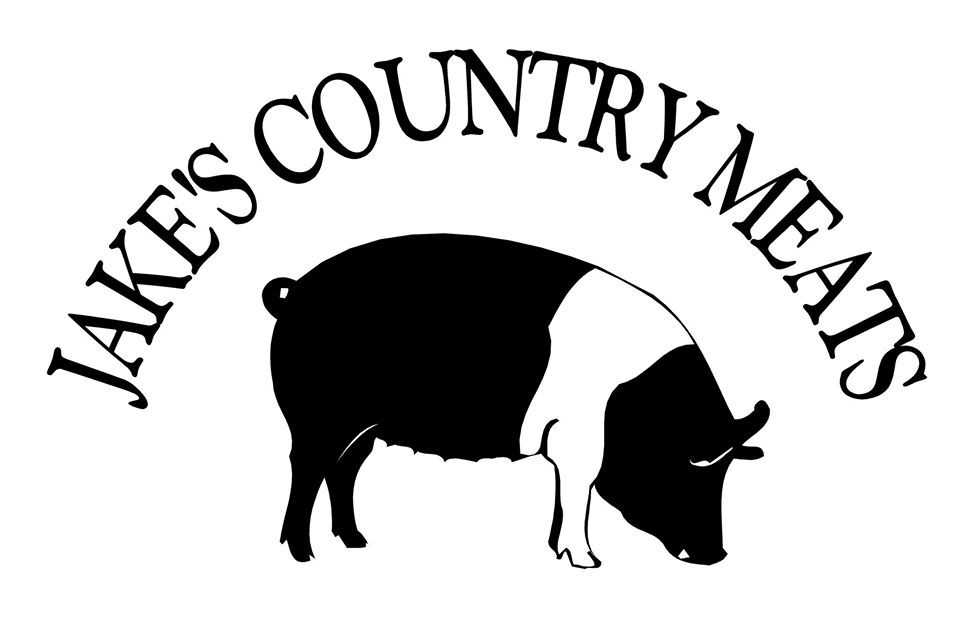One Pasture, Many Crops: Seasonal Farming in Michigan
posted on
June 1, 2024
Spring Challenges and Planting Windows
Spring's ever-changing weather presents many challenges for us as farmers in Michigan. We have a small window when the temperature and moisture levels are perfect for planting non-gmo corn or soybeans, which will feed our pigs and chickens . However, before planting the Spring crop, we must first harvest the winter cover crop.
The Role of Cover Crops
In the Fall, we plant rye as a cover crop in our corn/soy bean fields. Cover crops play a crucial role in sustainable farming by protecting the soil during barren months when it might otherwise erode or degrade. By covering the soil, rye helps retain moisture, reduce erosion, and suppress weeds, which means we rely less on herbicides come Spring. Additionally, as the rye grows, it enhances the organic matter in the soil. The roots of the rye plant penetrate deep into the ground, breaking up compacted soil and improving its structure.

Timing the Rye Harvest
Rye is considered a grass until it produces a seed head at the top of each blade, similar to how corn is considered a grass until it forms an ear. There's a crucial 24-36 hour window when rye transitions from grass to grain. Since we use rye to feed our 100% grass-fed cattle in the winter, we must carefully monitor our crop to harvest it at the right time, before it becomes grain.
Harvesting and Fermenting Rye
When the time is right, we cut the rye, rake it into rows, and bale it. These bales are wrapped in plastic to start the fermentation process. The rye ferments under the wet and dark wrap, producing bacteria and microbes that create a rich, healthy feed for our cattle during the winter when fresh pasture is unavailable.
Planting Summer Crop
After harvesting and storing the rye, we plant corn or soybeans in the same soil. Before planting the seeds, we must monitor and check ground temperature. For example, the ideal ground temperature for planting corn is above 52 degrees. If the soil temperature drops below 52 degrees within 24 hours of seed germination, we could lose 15-25 bushels per acre.
Utilizing a Single Pasture for Multiple Purposes
It's amazing to use a single pasture to grow food for different species of animals. This approach maximizes our land’s utility and supports sustainable farming. Despite the many variables that can disrupt this system, closely observing nature’s cues allows us to adapt and achieve beautiful results. By integrating crop rotation and livestock management, we maintain a healthy ecosystem, producing high-quality food while preserving our land for future generations.
Thank you for supporting us and being part of our journey of sustainable farming.




